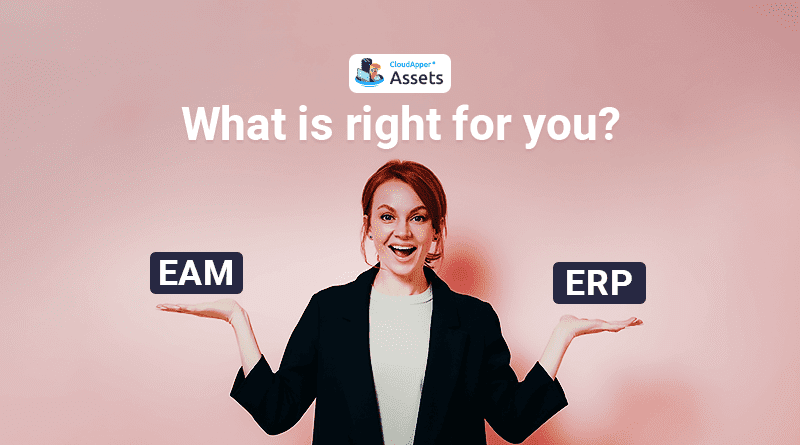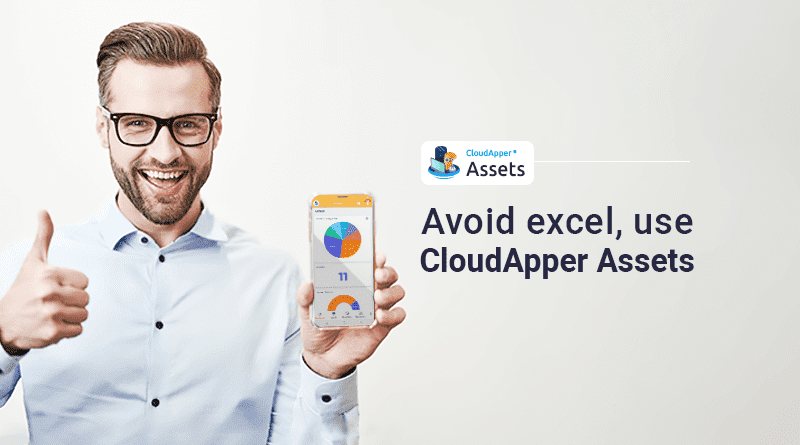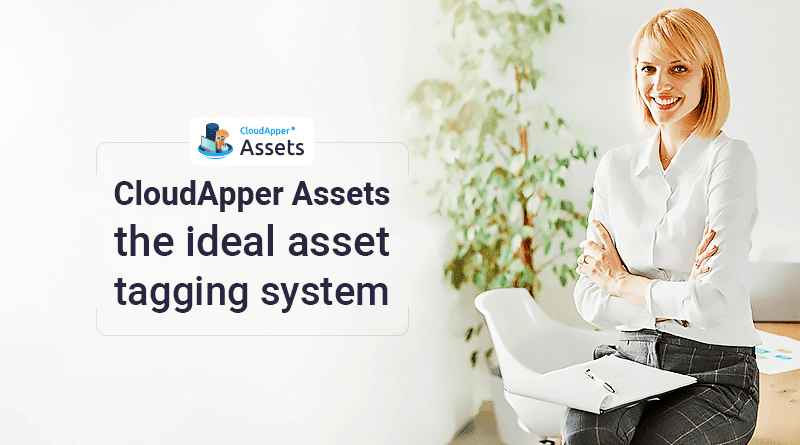When you are looking for software for your business, people often come across numerous acronyms. For many, these terms can get confusing. Some of the most commonly mistaken terms are EAM and ERP. EAM software is very similar to ERP systems. However, some key differences make them distinct.
Businesses sometimes require something to directly address a few issues. CloudApper assets are designed for companies that need to maintain their assets. While an ERP might also be useful, EAM is dedicated to physical asset-related matters.
What is EAM?
EAM consists of a collection of systems, software, and services used to maintain and control an entity’s operational equipment and assets. Most of the time, this software is used in industries that depend a lot on physical assets like plants, equipment, or heavy machinery.
The system is used for asset lifecycle management. Its main goal is to improve asset performance and maintenance and make the most of an organization’s assets. EAM includes tasks such as planning, scheduling, managing the supply chain, making predictions, maintaining assets, and managing work.
It’s important to remember that EAM solutions aren’t just for managing assets related to manufacturing; they can also be used to manage assets used for administrative work, like tracking vehicles and equipment movements. The assets are not only better managed but also used more efficiently with EAM solutions.
What is ERP?
Enterprise resource planning (ERP) is a sophisticated and enhanced business management software that integrates and manages a company’s critical activities. ERP applications are important for a business because they help with resource planning by putting all of the processes needed to run a business into one central system.
An ERP is used for the overall management of an organization. The operational process can be automated with an ERP system. It is not specific to a single factor, like EAM is. This system can perform many tasks, such as planning, purchasing inventory items, finance, marketing, sales, and human resource management, to name a few.
What is right for you: EAM software or ERP?
Whether a company should get an ERP or EAM software completely depends on the business requirements. Here are some of the factors to consider:
EAM focuses on assets
EAM offers in-department functions on asset management since this program is made for assets. Although both tools are beneficial for large organizations, ERP is superior for those who wish to manage all business operations from a single location. EAM, on the other hand, is perfect for businesses that rely heavily on their machines, parts, and equipment.
With EAM, vital asset management functions like work order management, asset performance, and maintenance activities can be performed swiftly. For better maintenance management, using CloudApper CMMS will bring great results.
ERP is for overall operations
ERP systems are intended to streamline all operational processes within an organization. Most of the time, these platforms are made to help with managing finances, sales, production, human resources, and production.
EAM, on the other hand, is only concerned with the physical assets of an organization. This software is meant to help keep these assets in good shape and make them work better. It will also help streamline orders, plan repairs, and collect data about each asset.
ERP is complicated
An ERP solution provides many functions and maintains the whole operational process. That is why there are so many options available for users, which can easily confuse employees. In order to properly operate the system, the staff will need time and training.
EAM has a lower chance of error
Asset data can be very easily managed in an enterprise asset management system as the system is very user-friendly. The staff can easily get the hang of it in no time. If employees quickly get proficient with the app, the chances of making a mistake will be very low.
EAM software helps save money
This system might help automate processes, save time, and make the firm more efficient, but it does not immediately save money for an organization. All of these things might help cut down costs and save money over time, but they won’t do anything right away. However, EAM schedules maintenance and ensures critical assets are being adequately cared for, which can prolong the asset’s performance. This will eventually help the company save a lot of money.
Why is asset CloupApper EAM software so effective?
When issues are individually tackled, they become much easier to resolve. That is very similar to the case of asset management. Although ERP provides a wide range of functionalities, it lacks in-depth functionalities for specific items. CloudApper EAM offers numerous benefits, like centralizing asset data and critical information, improving asset dependability, and enhancing team collaboration and communication.
If your operations require a lot of machines and equipment, using EAM software will greatly benefit your organization.

















